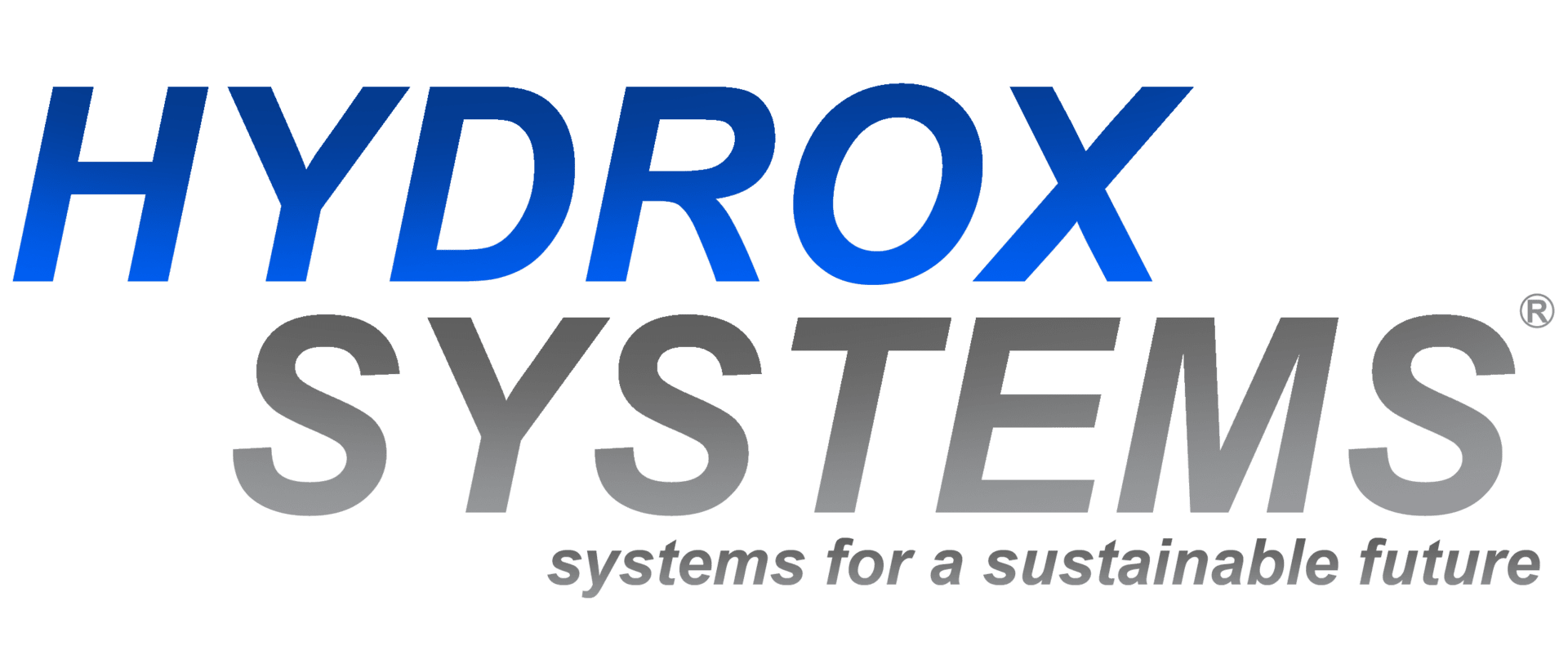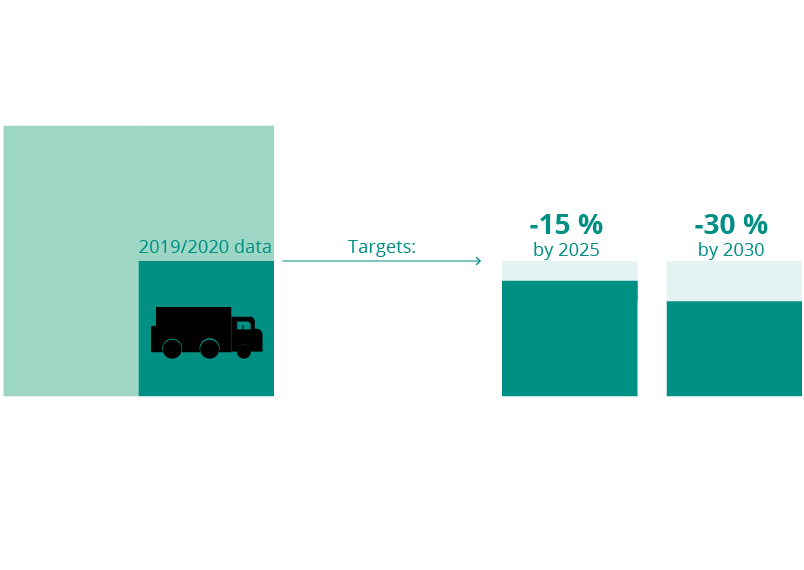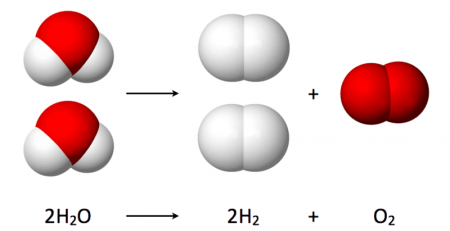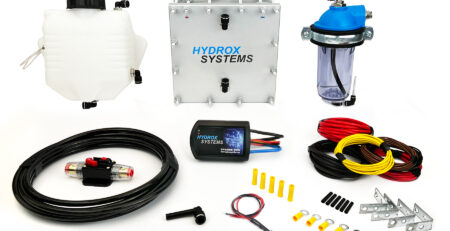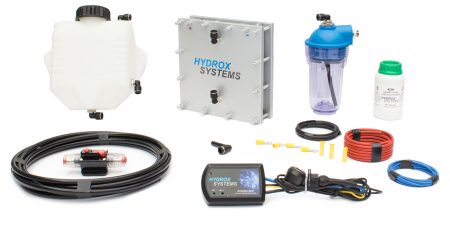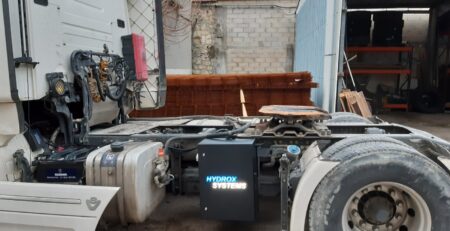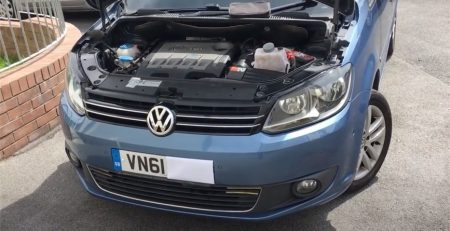Reducing greenhouse gas emissions from heavy-duty vehicles in Europe
Reducing greenhouse gas emissions from heavy-duty vehicles in Europe
Transport sector and greenhouse gas emissions
Heavy-duty vehicles are responsible for approximately a quarter of the EU’s CO2 emissions from road transport. Emissions in this sector have increased yearly since 2014, dropping only in 2020 because of the COVID-19 pandemic. For trucks, the primary cause of this trend is a growing demand for freight transport. The improved energy efficiency of road freight transport partly offsets it. To contribute to the goal of a climate-neutral EU, a combination of changes is needed, including faster improvements in energy efficiency, a shift to vehicles with lower emissions, and more efficient transport modes.
Key messages:
Even though EU greenhouse gas emissions have decreased continuously over the last decade, CO2 emissions from heavy-duty vehicles increased yearly since 2014, dropping only in 2020 because of the COVID-19 pandemic.
While the efficiency of heavy-duty vehicle transport (vehicles and logistics) has improved, it has not reduced total greenhouse gas emissions. This is because increases in demand for freight transport have outpaced efficiency gains.
Improving the efficiency of vehicle and fuel technologies is critical to reducing overall emissions.
The EU has introduced emission performance standards for large trucks. EEA data on vehicle performance is essential to tracking the fuel efficiency and carbon intensity of the EU heavy-duty vehicle fleet.
Shifting transport activity to more efficient modes, e.g., trucks to rail freight or cars to buses, rail, trams, and metro, can also impact total emissions. However, recent trends reveal a departure from this strategy. The share of cars used for land-based passenger transport and the percentage of trucks used for inland freight transport has grown, thus increasing the total negative impact of the transport sector on the climate.
The main factor behind the uptick in CO2 emissions is transport demand. While transport efficiency has improved, this has not been sufficient to counteract increased demand. Cutting the number of trips or their length is another way to reduce emissions. In the coming decades, demand management measures must supplement other solutions.
The European Green Deal aims to achieve climate neutrality by 2050.
Meeting this goal will require large-scale changes in the transport sector, which comprises approximately a quarter of EU greenhouse gas (GHG) emissions. A 90% reduction in GHG emissions from transport will be needed to attain climate neutrality, and every part of the sector will have to contribute to the decline.
Heavy-duty vehicles are road vehicles used to transport goods or passengers designed to carry heavy loads or many passengers. They include trucks heavier than 3.5 tonnes (laden) and buses and coaches, defined as passenger vehicles with more than eight seats.
So far, the sector has proven challenging to decarbonize. GHG emissions from the EU transport sector have not followed the general downward trend in EU emissions (EEA, 2021a). The EU and Member States have taken or planned to take several actions, which need to be consistently implemented and strengthened to ensure the trend is reversed.
This briefing focuses on carbon dioxide (CO2) emissions from heavy-duty vehicles (HDVs). Road transport is the most significant contributor to transport emissions in the EU, and HDVs are responsible for around a quarter of EU road transport emissions. CO2 is the main greenhouse gas emitted by the road transport sector, accounting for nearly 99% of all GHG emissions. Therefore, assessing trends in HDV CO2 emissions and prospects for HDVs contributing to achieving the European Green Deal objectives is relevant.
CO2 emissions from HDVs are increasing
Similar to other segments of the transport sector, HDV emissions have not decreased compared to 1990. Despite declining after the 2008 financial crisis, annual CO2 emissions increased 29% between 1990 and 2019. CO2 emissions from HDVs in the EU have increased yearly since 2014 (Figure 1). The dynamics of the growth in emissions have varied among the Member States, with some experiencing much sharper increases compared with the EU average over the given period. In 2020, these emissions decreased because of the COVID-19 pandemic. As the drop was not due to systemic changes in the sector, it is expected to rebound.
Among the various categories of HDVs, trucks are responsible for about 85% of emissions, while buses and coaches are responsible for the remainder. Different types of policies contribute to reducing CO2 emissions from HDVs. At the EU level, the fundamental guidelines are the Effort Sharing Legislation, the EU Emissions Trading System (proposed extension of emissions trading to road transport), and the Energy Efficiency Directive. The Renewable Energy Directive and the Fuel Quality Directive address fuels in the transport sector. Vehicles are targeted by CO2 emissions standards complemented by the Car Labelling Directive, the Alternative Fuels Infrastructure Directive (proposed to become a regulation), and the Clean Vehicles Directive.
At the Member State level, concrete instruments discussed and planned include constructing electric road systems, such as a CO2 component in truck tolls, improving rail infrastructure (Umweltbundesamt, 2022), and incentivizing zero-emission urban transport through electric and hydrogen buses (Centre for Climate and Energy Analyses, 2022).
Transport demand is the main driver behind trends in truck emissions
A recent EEA report
PUBLICATION Transport and environment report 2021 reviewed the progress and future perspective of decarbonization in the road transport sector (EEA, 2022b). To explore the factors driving the trends in GHG emissions from road transport over time, a decomposition analysis was conducted for truck emissions in the EU Member States (EU-27). The study considered the following possible factors as drivers of emission trends:
Freight transport demand;
The modal share of trucks in inland freight transport demand.
The energy efficiency of trucks.
The share of fossil fuels in truck fuel consumption, with biofuels assumed to be carbon neutral.
The carbon intensity of fossil fuels consumed by trucks
Figure 2 depicts the relative importance of the factors driving total CO2 emissions from trucks and their development between 2000 and 2019.
Figure 2. Decomposition analysis of the CO2 emissions from trucks in the EU-27, 2000-2019 — percentage contribution of various factors

Note: CO2 emissions are expressed as a percentage change compared to 2000.
Driving factors: expressed as the percentage contribution of operating characteristics to the percentage change in CO2 emissions from trucks.
Source: EEA (2022b).
Click here for different chart formats and data.
CO2 emissions from trucks were 5.5% higher in 2019 than in 2000. The period is marked by several years of emissions reductions following the economic crisis. However, this did not have a lasting effect, and emissions started rising again. Freight demand is a crucial factor contributing to these trends. The total demand for inland freight transport increased by nearly 25% in 2000-2019. Cycles of emission increases and decreases are closely linked to movements in demand.
In the EU context, the causes of the increased demand are diverse.
They include the economy’s transport intensity, mobility patterns at different stages of development across the EU, and economic growth contributing to reduced inequality among the EU Member States.
In 2019, trucks also carried relatively more goods than other transport modes compared to 2000. More specifically, while transport activity in the EU’s inland waterways and railways increased by 5% between 2000 and 2019, truck transport rose by 31% during the same period. Because of these trends, the share of freight transported by trucks increased from 72% in 2000 to 76.4% in 2019, while the share of rail and inland waterway activity decreased.
The increase in overall demand for freight and the share of trucks in meeting that demand are the main factors in increasing truck emissions. The increase has been limited during periods of demand growth through improvements in the energy efficiency of freight operations. The energy consumption per tonne-kilometer transported decreased by almost 15% between 2000 and 2019, which limited overall emissions.
The improved efficiency of individual vehicles is likely to have played a role in this development.
International trucks drive long distances, and fuel costs are a significant part of the total cost. Therefore, freight firms have a strong incentive to improve fuel efficiency. In addition, some of the reduced fuel consumption per tonne-kilometer can be explained by improvements in freight operations, such as enhancing logistics so vehicles can carry larger loads.
Another factor that appears to contribute to limiting increases in CO2 emissions is the broader adoption of biomass fuels, which are considered carbon neutral in the emissions inventory. However, the feedstock used to produce biofuels is decisive, as it can negatively influence emissions reduction, thus impacting the use of biofuels as a solution. For example, indirect land use change from growing crops for biofuels can potentially diminish emissions reduction.
A similar analysis for passenger cars indicates that modal shifts to other transport modes, such as rail, buses, and coaches, have not occurred in the last two decades. Instead, the share of passenger kilometers traveled by cars has increased.
To reverse the trend in road transport emissions, a combination of ‘avoid,’ ‘shift,’ and ‘improve’ (ASI) strategies will be necessary. ‘Avoid’ strategies aim to reduce the number and length of trips (i.e., address demand). ‘Shift’ strategies aim to shift transport activity to more efficient modes, while ‘improve’ processes are about improving vehicle and fuel technologies.
In the coming decades, more zero-emission vehicles will be on the roads, and existing vehicles will need to become more carbon—and energy-efficient. Shifting to transport modes with lower emissions will be essential to ensure a faster and more complete transition. The EU will also need to move towards greater sustainability in other areas of the economy, including targeting transport demand directly or via incentives in different places, such as local production and circular economy initiatives.
Move to more efficient transport modes — the essential ingredient in reducing emissions.
One way to reduce GHG emissions from transport is to shift to modes with the lowest emissions. In the case of HDVs, the role played in the broader transport system differs for passenger and freight transport.
For freight transport, carrying cargo by road (using trucks) has significantly lower GHG emissions than air cargo. However, road freight emits significantly more GHG than goods transported by either rail or ship (Figure 3, left). Hence, finding ways to transport cargo by rail or vessel instead of by road could contribute to the goal of reducing transport emissions.
For passenger transport, cars have the highest emissions per passenger-kilometer, along with aviation, while public transport modes (rail, buses, coaches) are more efficient (Figure 3, correct). Thus, shifting from cars or planes to public transport modes, such as buses and coaches or rail, can help reduce GHG emissions from passenger transport. Going from cars to buses or coaches would increase the demand for (and emissions from) HDVs, decreasing overall transport emissions. In turn, buses, especially those used in urban transport, can be made less carbon-intensive by, for example, switching to zero-emission buses.
Figure 3. Greenhouse gas emission efficiency of different transport modes for freight (left) and passenger (right)

Notes: A tonne-kilometer is used for freight efficiency, defined as moving a 1-tonne payload over 1 kilometer. The unit for passenger transport efficiency is passenger-kilometer, which means moving one passenger over 1 kilometer. The scope is the well-to-wheel GHG emissions of different motorized passenger and freight transport modes.
For passenger and freight transport, the GHG emission savings obtained by a modal shift depend on the vehicle’s occupancy rate/load factor and the vehicle technologies being compared. The comparison in this figure is based on technologies used in the period considered and on average occupancy rates and load factors. The occupancy rates of the passenger modes can vary widely according to the time of day or the route taken and, for freight transport, the load factor.
Source: EEA (2021b).
Click here for different chart formats and data.
The decomposition analysis described above reveals that, over the last twenty years, the modal share of cars in land-based passenger transport and trucks in inland freight transport have grown, thus increasing the transport sector’s impact on climate change. Significant differences exist in the emissions intensity of different passenger and freight transport modes, so there is a broad capacity for saving GHG emissions through a potential shift.
Potential role of vehicle efficiency in reducing emissions from trucks
The energy efficiency of road freight plays a role in emissions trends. It has already been significant in limiting emissions increases during growth in demand. Improving vehicles’ energy and emissions efficiency will likely play a more substantial role. Moving towards alternatively powered cars and using new technologies can be a powerful tool to complement the modal shift in decreasing emissions from HDVs.
The EU aims to ensure that road transport contributes to the EU’s 2050 goal of carbon neutrality by incentivizing manufacturers to ensure that new vehicles sold in the EU become more efficient. Regulations mandating targets for the CO2 emission performance of new passenger cars and vans have been in place since 2009 and 2011, respectively. To complement these regulations and to address emissions from HDVs, the EU has introduced CO2 emission standards for new HDVs.
Figure 4. Targets for reducing the CO2 emissions of large trucks

These standards require that the average CO2 emissions of the EU fleet of certain types of new HDVs be reduced by 15% from 2025 onwards and 30% from 2030 onwards (Figure 4).
Both targets are determined relative to the reference CO2 emissions calculated from 2019/2020 data. Currently, the emission performance standards cover large trucks. In 2022, the Commission will review the effectiveness of the targets and incentives and consider extending the targets to other vehicle types, such as buses, coaches, trailers, and smaller trucks, and introducing binding targets for 2035 and 2040.
Currently, most trucks are powered by diesel. To reduce emissions and meet targets, trucks will be increasingly powered by alternative means in the future. More will be powered by electric batteries or fuel cells (hydrogen). Countries can facilitate the uptake of such vehicles by providing refueling infrastructure and suitable incentives. Electric road systems are also being considered in some countries as a potential measure to encourage the uptake of hybrid trucks. In 2019/2020, only a handful of electric and hybrid trucks were registered in the EU.
Since 2020, the EEA has collected data annually to track progress towards these new targets. The data collected in the first two reporting periods is available online (EEA, 2021c).
We have an innovative solution to help businesses overcome these challenges:
Subscribe our Newsletter
